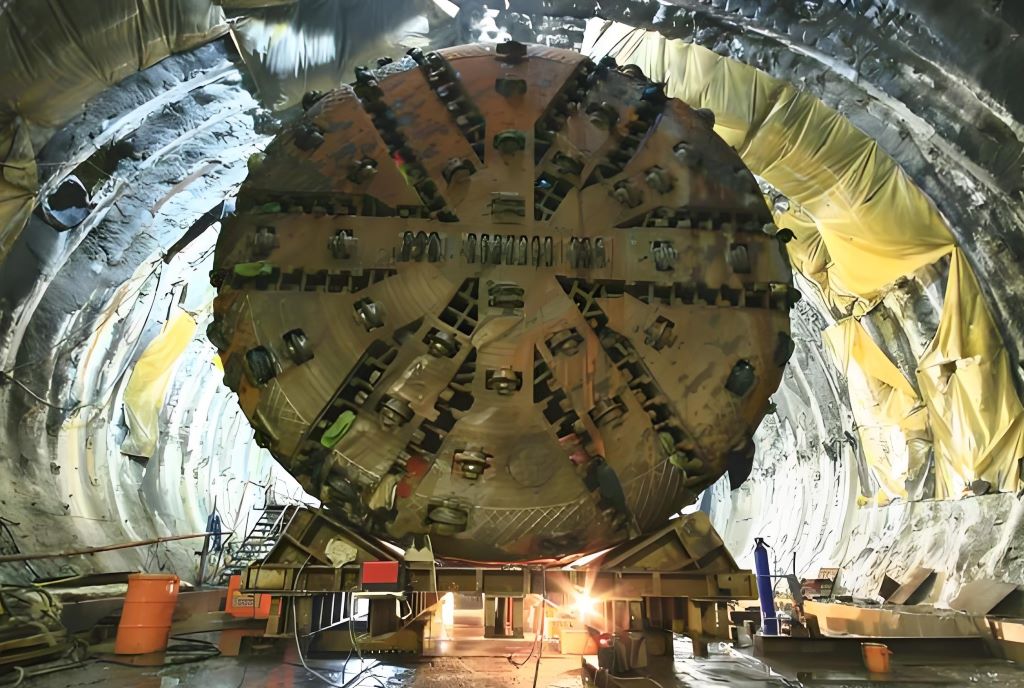Tunnel Boring Machines (TBMs) are complex engineering systems designed for continuous excavation in challenging underground environments. While their primary focus is on mechanical efficiency and geological adaptability, modern TBMs also incorporate human-centric features to support crew welfare during long shifts.

Does a TBM Have a Toilet?
TBMs generally do not have toilets, but large TBMs can be equipped with toilet modules as an option. Larger TBMs (e.g., >8m diameter) typically integrate crew facilities into their rear backup systems (RBS) or trailing decks.
Real-World Examples
1. Qinling Railway Tunnel (China):
The 8.8m open-type TBM used here included a toilet in its rear service deck, critical for crews during its 5.6km hard-rock excavation .
2. Seattle SR99 Tunnel (USA):
Bertha, the 17.5m TBM, featured a restroom module but faced maintenance issues due to high humidity and limited access.
But compact TBMs (e.g., 3–5m diameter) used in urban metro projects may lack onboard toilets. Crews typically rely on portable toilets installed in adjacent service tunnels or temporary above-ground facilities.
Design Variations by Manufacturer
1. Herrenknecht (Germany):
Customizes RBS layouts to include toilets in TBMs >7m diameter, with wastewater tanks for later disposal.
2. Robbins (USA):
Prioritizes modularity; toilets are optional add-ons for projects requiring >12-hour continuous shifts.
3. Chinese Manufacturers (CRCHI,中铁装备):
Post-2020 models integrate "hygiene pods" in the rear conveyor zone, leveraging compact plumbing systems ( and ).
While not universal, most TBMs with diameters exceeding 7 meters include toilets as part of their crew support systems. Smaller machines depend on external solutions. The inclusion reflects advancements in ergonomic design and labor regulations, ensuring both operational efficiency and worker well-being in the demanding tunneling environment.




